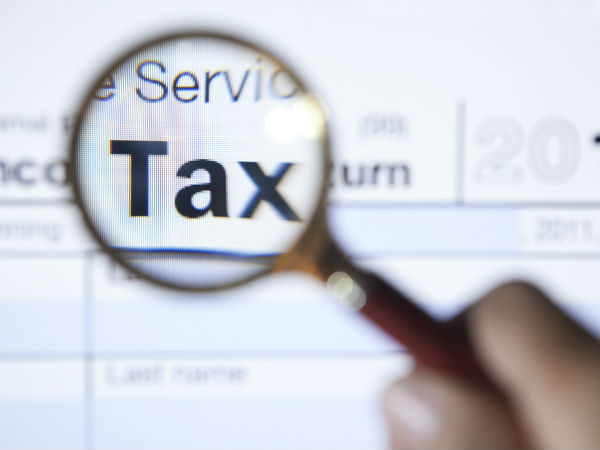Importance of Debt-Equity Ratio
The debt-to-equity ratio indicates the level of risk associated with a company’s financial structure and management. The ratio shows how much debt a company is using to conduct its business and how much financial leverage it has available. The liabilities and commitments held by the organization to repay them over time are referred to as debt.
The debt-to-equity ratio, for example, gives a picture of a company’s capital structure and success potential. Business executives who understand the benefits, intricacies, and significance of the debt-to-equity ratio may use it to help their company compete in competitive marketplaces.
Because a high debt-to-equity ratio lowers a bank’s odds of being repaid, it may refuse to offer additional funding or only supply it in unfavorable conditions. If your debt-to-equity ratio is 2 and the bank’s cutoff is 1.5, you’ll probably be denied a loan. A lower debt-to-equity ratio indicates that a business is less reliant on debt and has a better equity position.
Debt to Equity Ratio =(Total Liabilities)/(Total Shareholder Equity)
Advantages of debt-free firms
Debt-free businesses are unaffected by a slowing economy or an increase in interest rates. They can run their business even if the economy is slowing down. Debt-free firms are low-risk investments preferred by both amateur and professional investors.
AS they are debt-free companies that can provide superior returns. Debt is only a short-term fix for the financial crisis. Debt has a higher long-term cost. A debt-free corporation pays a higher dividend yield and has a higher return on equity. You will receive a decent dividend yield or dividend distribution from the firm or stock you have invested in as a retail investor of that particular stock. So, before buying, do your homework and look at a stock’s debt ratio.
How to Find Debt-Free Companies?
Step 1: Visit- Screener Website
Step 2: Register with the screener website or log in with your credentials
Step 3: find the query builder.
Step 4: Type Debt to Equity = 0
Step 5: Click on Run the query
The screen will display a list of all the debt-free companies in India.
You can also add more variables to this query to make it more personalized. If you wish to locate a firm with a debt-to-equity ratio of zero and a market value of more than 50,000 crores, use the query builder to create the following query.Debt to equity = 0 AND
Market Capitalization > 50000
This query generator can also be used to filter out companies with various financial ratios such as PE, ROE, PEG, and so on.
Disadvantages of Debt Free Companies
When a corporation chooses stock financing over debt, it may face higher taxation. The capital raised through the sale of shares is referred to as equity financing.
If equity financing is favored over debt financing, the earnings per share (EPS) ratio will be low.
These enterprises lose out on the ‘tax shield’ to a greater extent since they do not have the ideal or an acceptable amount of debt. The concept of tax shield refers to a company’s interest payments being treated as an allowable expense, hence reducing its tax outflow to some extent. Furthermore, investors may regard debt-free enterprises as being less proactive.
Best Top 10 Debt-Free Companies To invest in 2021
Best 10 Debt-Free Company Stocks To Invest In India 2021
The following is a list of the firms with the highest market capitalization that have no debt.
| Company |
Debt |
Market Cap in Rs |
| SBI Life Insurance Company Ltd |
0 |
34.73TCr |
| HDFC AMC Ltd |
0 |
66.17TCr |
| Max Financial |
0 |
34.77TCr |
| Hindustan Unilever Limited (HUL) |
0 |
5.58LCr |
| ICICI Prudential Life Insurance |
0 |
84.38TCr |
| ITC |
0 |
2.56LCr |
| Ambuja Cements |
0 |
67.70TCr |
| CDSL |
0 |
10.55TCr |
| P & G Hygiene and Health Care Ltd |
0 |
42.45TCr |
| Gillette India Ltd |
0 |
18.84TCr |
Conclusion
Companies handle their financial needs through equity, debt, or cash generated internally. Internally produced cash is the most preferred form of finance, followed by debt, while equity is the least favored form, according to statistical results. The reason for this is unmistakablye due to the accompanying expenditures. However, the other element, which is the growth factor, must be investigated. In their quest to remain debt-free, a corporation may neglect to invest in future capacity and expansion. This may result in the company’s growth being stifled.
In this case, the company is good, but from an investment standpoint, you don’t have much of a choice. As a result, you must investigate the company from each of these angles.
Disclaimer
Our content is designed for and must be used solely for the purpose of providing information and education. Before making any investment based on your own unique circumstances, it is critical to conduct your own analysis. If you want to rely on any information you see on our Website, whether for the purpose of making an investment choice or otherwise, you should seek independent financial advice from a professional or independently study and verify it.




























